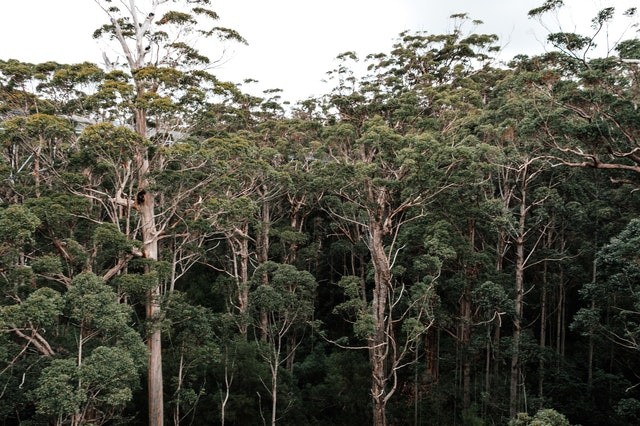Deforestation is leading to the disappearance of tropical forests at an alarming rate, although they have the ability to recover naturally in abandoned areas. An international research headed by Wageningen University scientists revealed this.

Hope For the Recovery of Tropical Forests
According to a new research published this week in the Proceedings of the National Academy of Sciences of the United States, tropical forests come in a wide variety of shapes and sizes.
Differences in tropical forests seem to control how a forest naturally recovers from abandoned fields and cow pastures, according to Phys.org.
The properties of young dry and wet forests, for example, are very different. They regenerate in distinct ways, but as the forests mature, these differences fade. The research reveals which tree species should be used for reforestation plantings, increasing the likelihood of tropical forest restoration success.
This is especially essential since tropical forests play a crucial role in biodiversity, carbon storage, and water control across the planet.
Characteristics of Forest
Data from around 127,000 trees in 30 tropical forests in North and South America was utilized by the researchers. Lourens Poorter, main author and forest ecologist at Wageningen University & Research noted that it's difficult to compare the woods since they're made up of so many different species. It's the equivalent of comparing apples and oranges.
In addition, Poorter added that forests may also be compared based on the species' functional features, like leaf size or wood density. For the first time on a continental scale, scientists were able to compare young forests using the same ecological parameter.
Poorter argues that functional features impact species development and survival, and hence ecological processes. By evaluating forests in terms of their features, scientists may learn not just how these forests are built, but also what this implies for how they operate.
For each species, the authors assessed seven features. Small compound leaves, robust wood, and the capacity to shed leaves in the dry season are all crucial qualities for drought resistance. Other features, including the capacity to fix atmospheric nitrogen, thin leaves that collect light effectively, and high leaf nitrogen content, are vital for productivity.

How Forests can be Restored
Danae Rozendaal, a co author said they discovered that the characteristics of wet and dry woods are very different. According to Danae, wet forest species have features that help them develop faster in a productive, wet environment, whereas dry forest species have qualities that let them survive or avoid drought.
Forest growth paths differed according to climate. Young dry forests are characterized by drought-resistant qualities, such as modest leaf size, whereas young wet forests are characterized by traits that allow for rapid development and, subsequently, by traits that promote shade tolerance.
Forest restoration, as supported by the United Nations Decade for Ecosystem Restoration and the recent climate conference in Glasgow, might benefit from such ideas.
According to Catarina Jakovac, a Brazilian coauthor, natural regeneration should be the preferred method of forest restoration since it is a low-cost, natural option for ecosystem restoration that provides the greatest improvements in biodiversity, ecological functioning, and services. When the terrain is too deteriorated, however, tree planting may help to promote forest succession.
The authors suggest planting drought-tolerant species in dry forests and fast-growing species in moist forests. It is underlined that a mixture of early- and late-successional species with different characteristic values must always be included. This contributes to landscapes that are more natural, biodiverse, and resilient.
For more news, updates about forests and similar topics don't forget to follow Nature World News!
© 2025 NatureWorldNews.com All rights reserved. Do not reproduce without permission.





